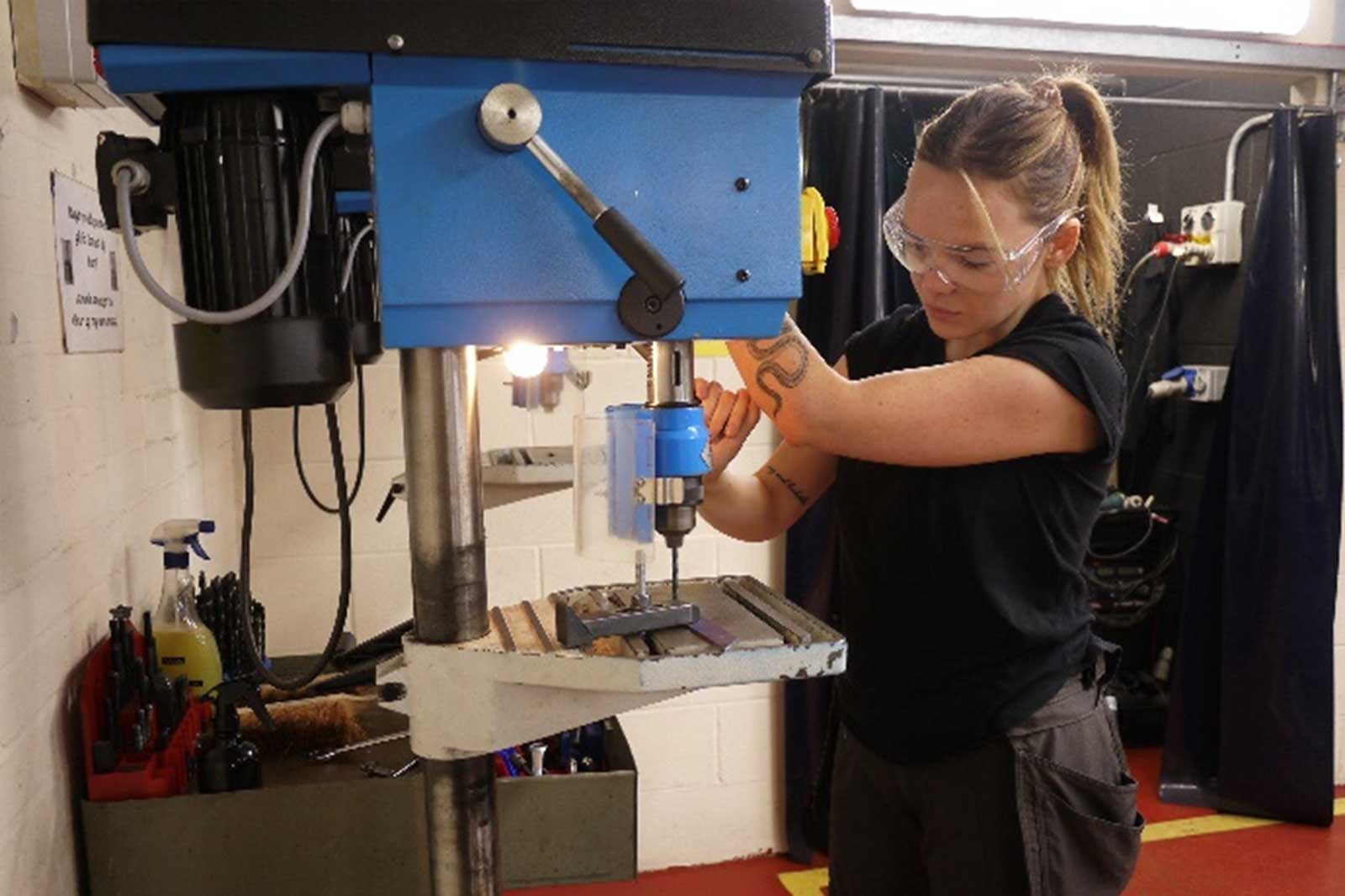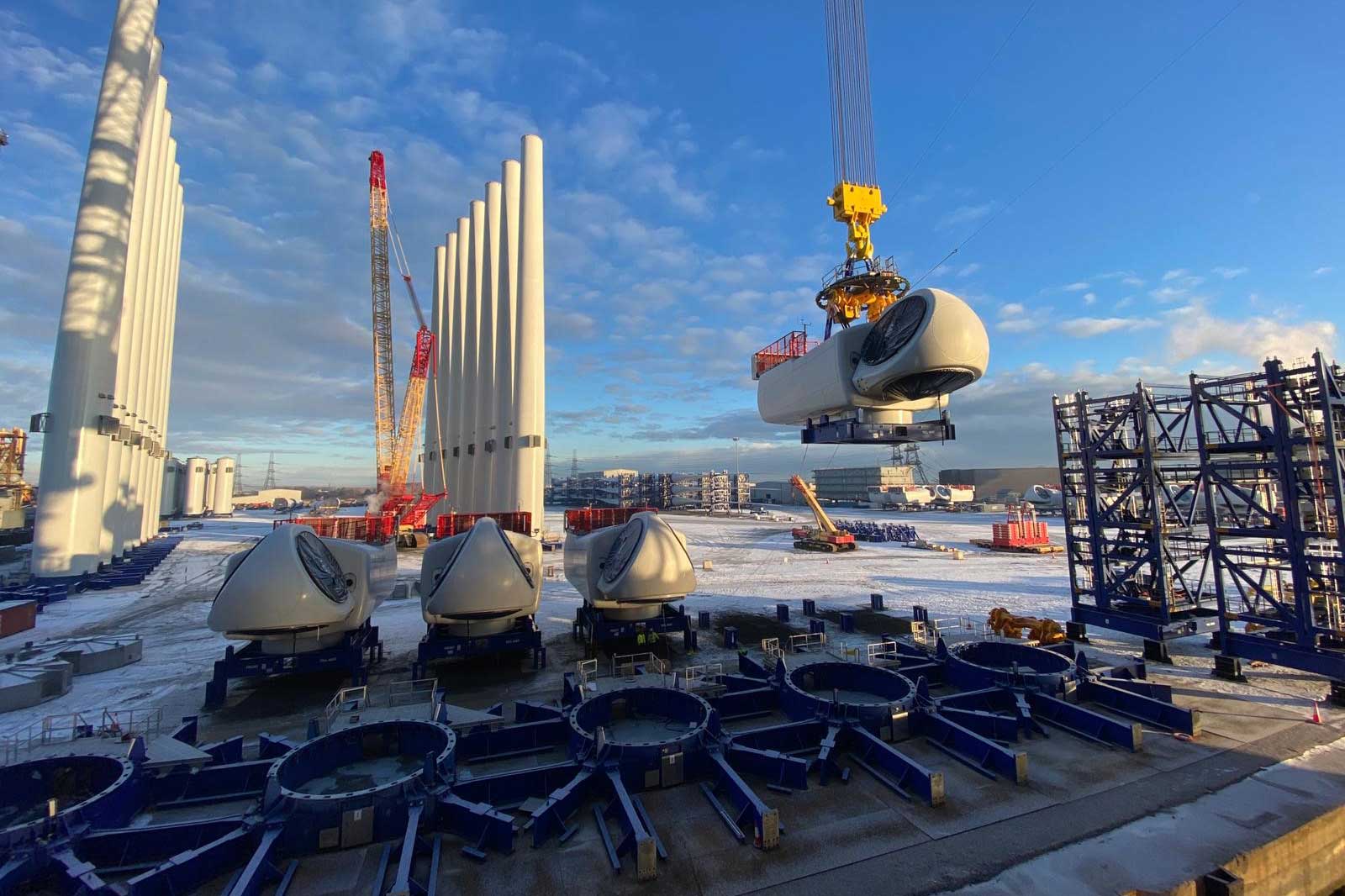Zoë Keeton, RWE’s Head of Stakeholders and Local Markets UK and Ireland, who spoke at the Labour Party Conference this year, offers her reflections.

The Labour Party Conference this year was dominated by discussions around the government’s Clean Power by 2030 mission, and the jobs that this will create. At the heart of this mission is not just the promise of clean energy, but the economic transformation that a low-carbon supply chain can bring to the UK.
RWE was delighted to partner with SERA – Labour’s Environment Campaign – to host a discussion at the conference on how the new government’s Clean Power Mission can deliver the associated supply chains and jobs.
RWE’s renewable job creation
RWE, as one of the UK’s largest renewable energy producers, is proud to be at the forefront of the clean energy transition.
With over €3 billion invested in green energy projects in the UK between 2021 and 2023, and an ambition to invest €8 billion net between 2024 and 2030, we’re committed to delivering projects that not only drive the transition but create jobs across the UK. For example, more than 50% of the investment in our Sofia Offshore Wind Farm project, which is currently in construction, is within the UK.

The potential for job creation within the renewable supply chain is huge. Not just with companies like Siemens Energy - who are manufacturing the blades for Sofia at their wind turbine blade factory in Hull - but right across the supply chain. An initial review of the >8,800 UK jobs supported by Sofia in the project’s development and construction phases, shows that over 5,500 are in ‘lower tier’ companies who produce items and components such as PPE, and other goods and services. The UK’s offshore wind sector currently employs 32,000, which is forecast to grow to over 120,000 by 2030, if the infrastructure projects needed to meet the 2030 Clean Power target are realised.
Building a long-term sustainable supply chain
The UK’s two-way Contracts for Difference (CfD) scheme is widely considered to be the ‘gold-standard’ for facilitating renewable deployment. But as a highly competitive auction, in driving down costs it has often forced developers to prioritise the cheapest options, rather than UK-based suppliers. The current approach also does not provide the supply chain with any certainty beyond the year ahead.
The government has recently legislated to introduce ‘non-price factors’ known as ‘Sustainable Industry Rewards’ (SIRs) to help incentivise investment in, for example, ‘Tier 1’ UK manufacturing, or ports in deprived areas of the UK.
However, SIRs do not address the lack of long-term visibility over the volumes to be contracted, and uncertainty over which projects will progress and when. To maximise the benefits of the energy transition to UK Plc, we need to turn headline targets into a predictable, sustainable pipeline. Visibility is critical, to provide confidence to the infrastructure, facilities, and workforce needed for a sustainable supply chain.

Within the existing auction framework, this could be achieved if the government set out a schedule of capacity targets per auction aligned to the 2030 Clean Power ambition.
The role of new institutions and policy initiatives
We welcome the commitment to establish GB Energy, the National Wealth Fund and to introduce the ‘British Jobs Bonus (BJB)’. However, we now need urgent clarification on how these initiatives will interact and align with existing supply chain policy (i.e. SIRs) and ensure that implementation does not delay the next CfD auction round, which is due to open in Spring 2025.
It is vitally important that the implementation of SIRs and the BJB is not at the expense of the pace of delivery.
The government’s focus on breaking down barriers in the planning process is welcome. Within this there is also a need to address the lack of resource across the publicly funded bodies involved in the planning process (including local planning authorities, statutory consultees, the Planning Inspectorate and government departments). Delays in planning and permitting continue to slow down the deployment of low-carbon projects, and without consented projects, we cannot drive growth.

Bridging the skills gap

The final challenge facing our sector is the availability of a skilled workforce. While the UK has ambitious targets, the industry is grappling with a skills shortage – particularly in engineering, project management, and technical roles. The sector is also facing increasing international competition for skilled workers.
Individual industry players are taking their own measures to address this. Our partnership with Coleg Llandrillo Menai to create the UK’s first turbine apprenticeship hub in North Wales, has already trained 108 apprentices, with a growing number of women joining the workforce – we’re really proud that 45% of the latest intake are female.
These types of initiatives are crucial, but the labour shortages in the energy sector are best addressed on an industry and UK-wide basis. We need a centralised body, to look holistically at the sector’s labour force requirements and work across devolved governments, industry, and education institutions to ensure we can plan and meet future workforce demands.


The road ahead
As the government moves forward with its Green Prosperity Plan, it’s crucial that we adopt a strategic, long-term view. By reforming the regulatory frameworks to support the development of domestic supply chains, we can ensure that the UK captures the full economic benefits of the clean energy transition. This includes not only creating jobs but fostering regional growth, particularly in coastal and industrial communities that were previously thriving manufacturing hubs.
The clean energy sector is already delivering large scale investment and growth. With the right policies and collaboration, this can be accelerated with the UK leading the way. RWE looks forward to playing its role in making this ambition a reality.

